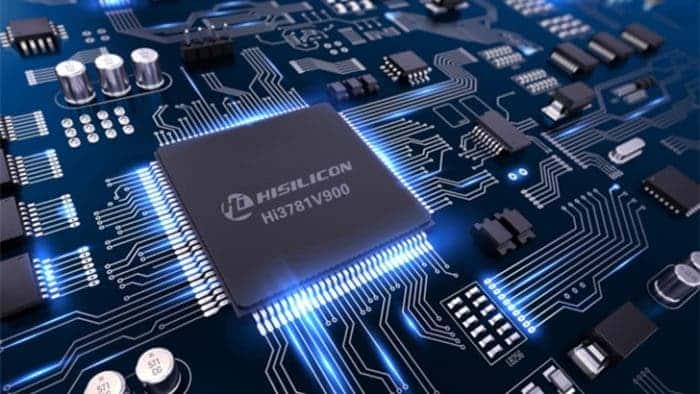Earlier today, Huawei HiSilicon officially released its first XR chip that can support 8K decoding capability. This chip also integrates GPU and NPU, and the first AR glasses to use this chip is the Rokid Vision. In addition to its 8K decoding capacity, Huawei’s XR chip also supports up to 42.7PDD per eye.
![]()
Taking VR as an example, the ideal resolution for the human eye is approximately 60PPD (pixels per degree). Generally, a chip that supports 4KP60 decoding capability can support a single-eye resolution of 21.3PPD, which corresponds to 480P. The TV display effect is far from being comfortable and immersive.
Gizchina News of the week
Huawei HiSilicon’s XR chip comes with a top-notch decoding ability to provide a clearer content rendering effect. Furthermore, it uses HiSilicon’s proprietary architecture NPU, which can provide up to 9TOPS of NPU computing power.
Rokid Vision – the first device to use Huawei HiSilicon XR chip
Rokid Vision, the first device to use HiSilicon’s XR chip is a core product of Rokid, a Chinese AR startup. The front appearance of this product is similar to ordinary sunglasses. There are two independent displays on the inside of the lens. This device comes with a 40°+ field of view (FOV) as well as a 1080P 3D display effect. This device uses an optical waveguide display solution and the stereo sound on both sides of the temple can provide users with an immersive experience. The company claims that the display is equivalent to a 110-inch 3D HD TV 4 that is meters away.
According to reports, Rokid Vision is applicable in security, industry, education, retail, exhibitions, and other fields. Rokid’s latest official statement says that it is joining of HiSilicon’s XR chip platform. Prior to this, Rokid did some optimization on this platform-specific algorithm and program together with HiSilicon. There has been a lot of optimization by both companies on AI computing capabilities such as voice, vision, and environmental perception. The aim is to provide basic capabilities such as AI interaction and multi-person collaboration for the XR industry.





